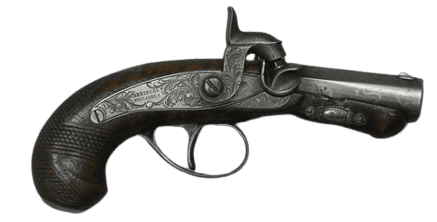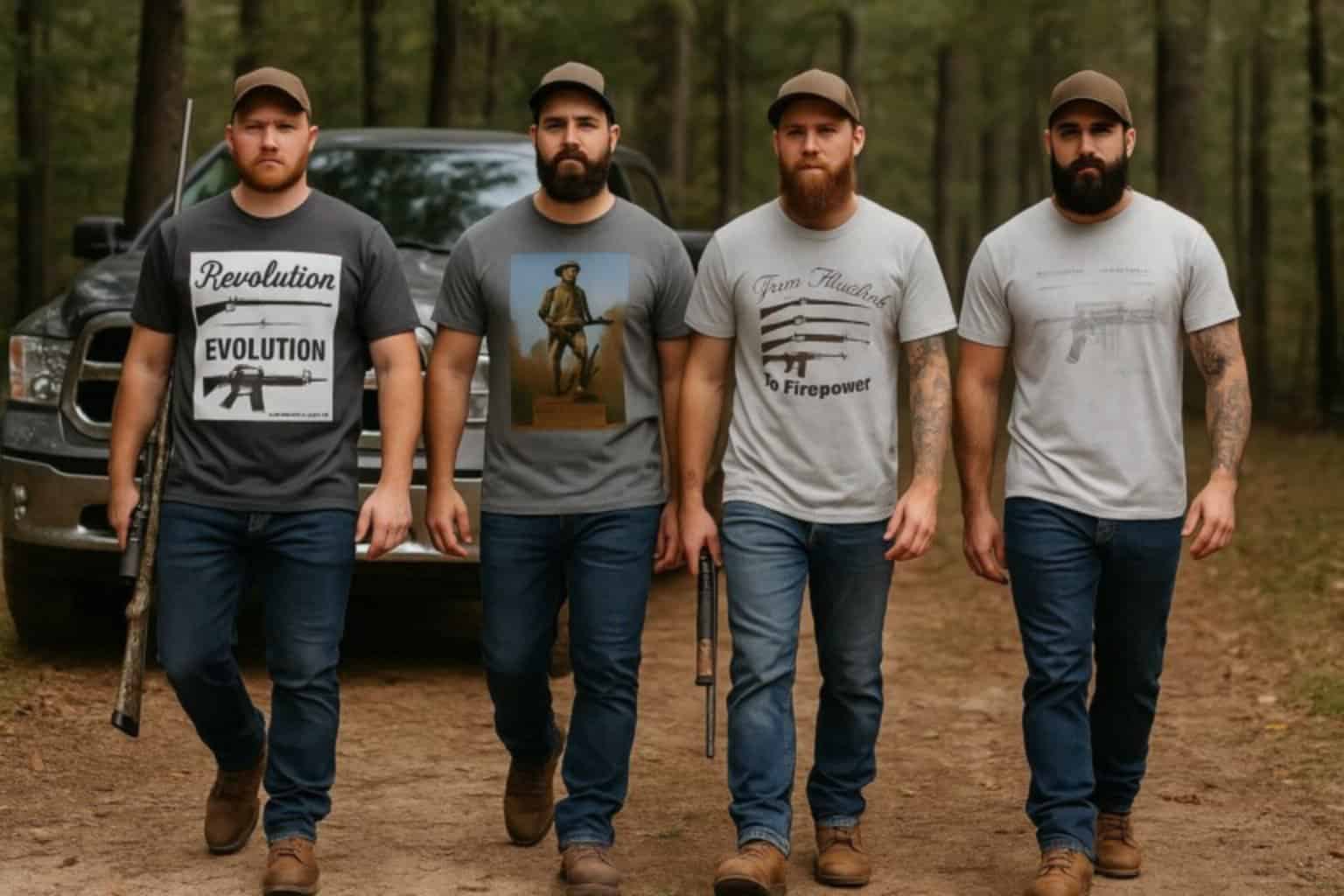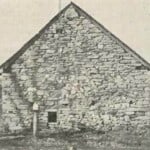
History of the Deringer
Henry Deringer Jr. was a pioneering American gunsmith whose name became synonymous with a class of pocket-sized firearms that revolutionized personal defense. Although he never established a formal company under his name, his compact, single-shot percussion pistols became legendary, shaping the development of concealed carry weapons in the 19th century.
This article explores the life of Henry Deringer, the groundbreaking firearms he created, the innovations he introduced to gunsmithing, the legal and competitive challenges he faced, and his lasting impact on the firearms industry.
Founding and Early History
Born in 1786 in Easton, Pennsylvania, Henry Deringer Jr. was the son of a German immigrant and gunsmith, Henry Deringer Sr. The elder Deringer crafted Kentucky rifles, a highly regarded class of American long rifles known for their accuracy and craftsmanship. Growing up in this environment, the younger Deringer was immersed in firearms production from an early age.
After serving an apprenticeship in Richmond, Virginia, Henry Deringer Jr. moved to Philadelphia in 1806, establishing himself as an independent gunsmith. Initially, he produced flintlock pistols and long rifles, mirroring the European firearms of the era. However, as firearm technology evolved, so did Deringer's approach to weapon design. By the 1830s, he transitioned to percussion cap firearms, a revolutionary ignition system that significantly improved reliability over flintlocks.
The Iconic Philadelphia Deringer
By the early 1850s, Deringer had perfected his most famous creation: the Philadelphia Deringer, a small, single-shot percussion pistol designed for concealed carry. This weapon was widely recognized for its compact frame, ease of use, and effectiveness in close-quarters combat.
Design and Technical Specifications
Deringer’s pistols were crafted with meticulous attention to detail, each one handmade with slight variations in design. However, they generally shared the following characteristics:
- Caliber: Primarily .41 caliber (though some were made in .36 and .44 calibers).
- Barrel Length: Typically between 2.5 and 4 inches.
- Ignition System: Percussion cap.
- Barrel Construction: Rifled barrel to improve accuracy.
- Materials: Walnut stocks, brass or iron trigger guards, and German silver inlays.
- Firing Mechanism: Single-shot with a side-hammer lock.
The Philadelphia Deringer was a highly concealable and practical firearm, making it a favored choice among gamblers, merchants, and travelers seeking personal protection in an era where law enforcement was often unreliable.
Infamous Legacy: The Lincoln Assassination
The Philadelphia Deringer entered American history in a dramatic way when John Wilkes Booth used a .41-caliber model to assassinate President Abraham Lincoln at Ford’s Theatre on April 14, 1865. The single-shot nature of the weapon meant Booth had no opportunity for a follow-up shot, reinforcing its status as a weapon designed for last-resort personal defense.
Innovations and Contributions to the Firearms Industry
Henry Deringer’s contributions to firearms design were not limited to his famous pocket pistol. His innovations set new standards in gunsmithing, influencing the development of concealed carry weapons for generations to come.
Compact and Concealable Firearms
At a time when most handguns were large, cumbersome, and difficult to conceal, his pistols provided a practical solution for personal defense. Their small size made them ideal for carrying in a pocket, purse, or hidden compartment, a design philosophy that persists in modern subcompact pistols.
The Transition from Flintlock to Percussion Cap
Deringer was one of the early adopters of percussion cap ignition, which replaced the unreliable flintlock system. The percussion cap allowed for quicker, more dependable firing, especially in adverse weather conditions, making his firearms highly sought after.
Influence on Future Firearms Development
The popularity of his compact pistols inspired countless imitations and set the stage for future designs like:
- Remington Model 95, a two-shot over/under introduced in 1866.
- Colt’s later pocket revolvers, which offered multiple shots in a similarly compact frame.
- Smith & Wesson’s break-action pocket pistols, which evolved the concept further.
Competition, Copycats, and Legal Challenges
Deringer’s success led to widespread imitation. Because he never secured a registered trademark for his name, competitors were able to capitalize on his reputation by producing pistols labeled "Deringer"—often with an extra "r," becoming "derringer."
The Rise of the "Derringer"
- Many rival manufacturers, including Moore’s Patent Firearms Co. and National Arms Co., began producing small, single-shot pistols that closely resembled his designs.
- Remington Arms introduced the Remington Model 95, a two-shot, over-and-under chambered in .41 rimfire, which became the best-known variation of the design.
- Other companies, such as Sharps and Colt, introduced compact, multi-shot versions that offered more firepower than the original single-shot design.
Deringer engaged in multiple legal battles to protect his brand, but the lack of patent protections and the limitations of 19th-century trademark law made it impossible for him to stop the flood of imitators. Despite these challenges, his original pistols remained highly regarded for their superior craftsmanship and reliability.
Place in History and Cultural Impact
His pistols played a significant role in both history and American popular culture.
Wild West and Personal Defense
The small, easily concealed nature of the Philadelphia Deringer made it a favorite among riverboat gamblers, saloonkeepers, and travelers navigating the dangers of the Wild West. It was often carried as a backup weapon or for discreet self-defense.
Influence on Modern Concealed Carry Weapons
The concept of a highly concealable, close-range firearm pioneered by Deringer directly influenced modern subcompact handguns such as:
These modern firearms carry on the philosophy of compact, easily carried self-defense weapons that began with Henry Deringer’s creations.
Hollywood and Popular Culture
This style of pistol has frequently appeared in classic Westerns, detective films, and historical dramas, reinforcing their legendary status in American history.
Conclusion: A Legacy That Endures
Henry Deringer Jr. never founded a large-scale firearms company, nor did he produce thousands of different designs. Instead, he perfected one simple, effective weapon that left an indelible mark on firearm history. His Philadelphia Deringer set the standard for concealed carry weapons, influencing firearm manufacturers for over a century.
Despite fierce competition, legal struggles, and the rise of multi-shot alternatives, the Deringer pistol remains one of the most iconic firearms of the 19th century. Today, the term “derringer” endures as a generic descriptor for small, pocket-sized handguns, a testament to the lasting influence of Henry Deringer’s work.
His legacy lives on in the principles of compact, reliable self-defense firearms, ensuring that his name remains etched in the annals of gun-making history.
The editors do not know of any dedicated forums on this topic, but you can pay your respects here.
If you know of any forums or sites that should be referenced on this listing, please let us know here.




